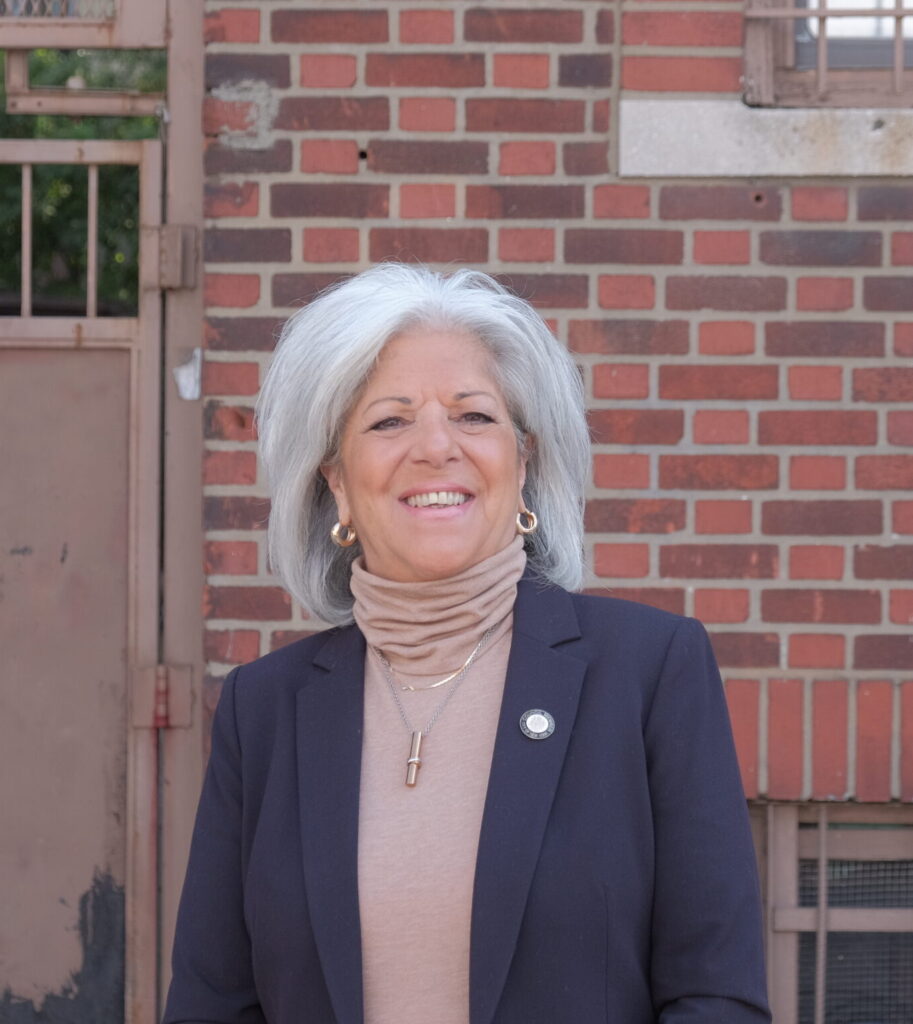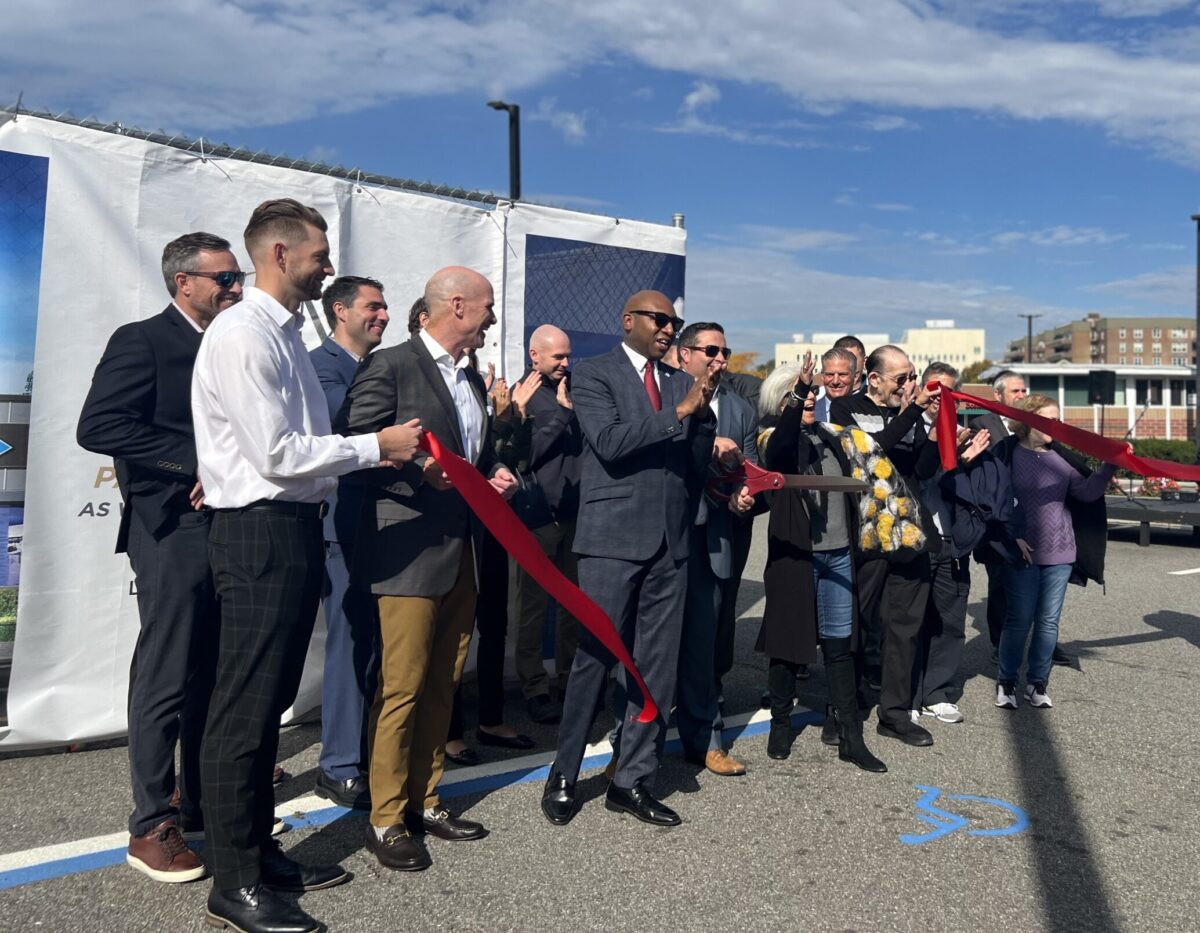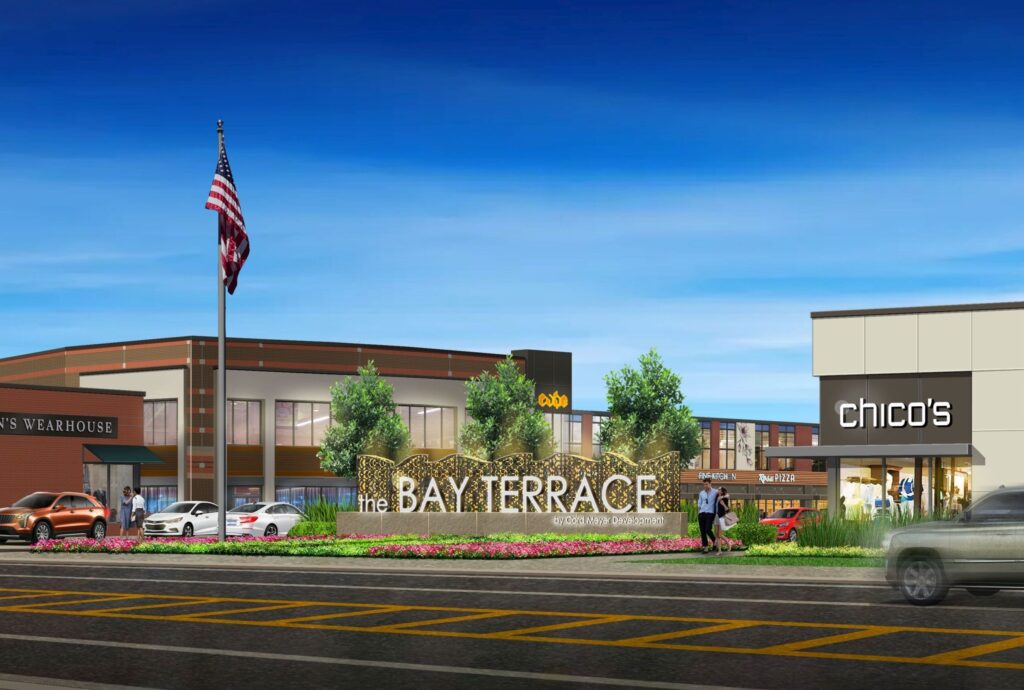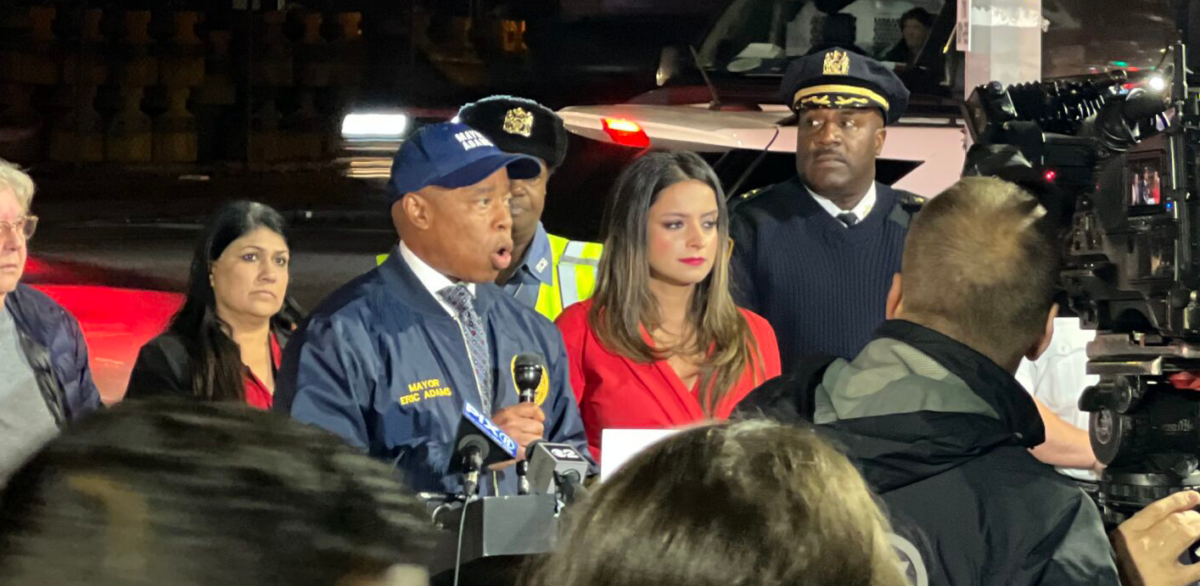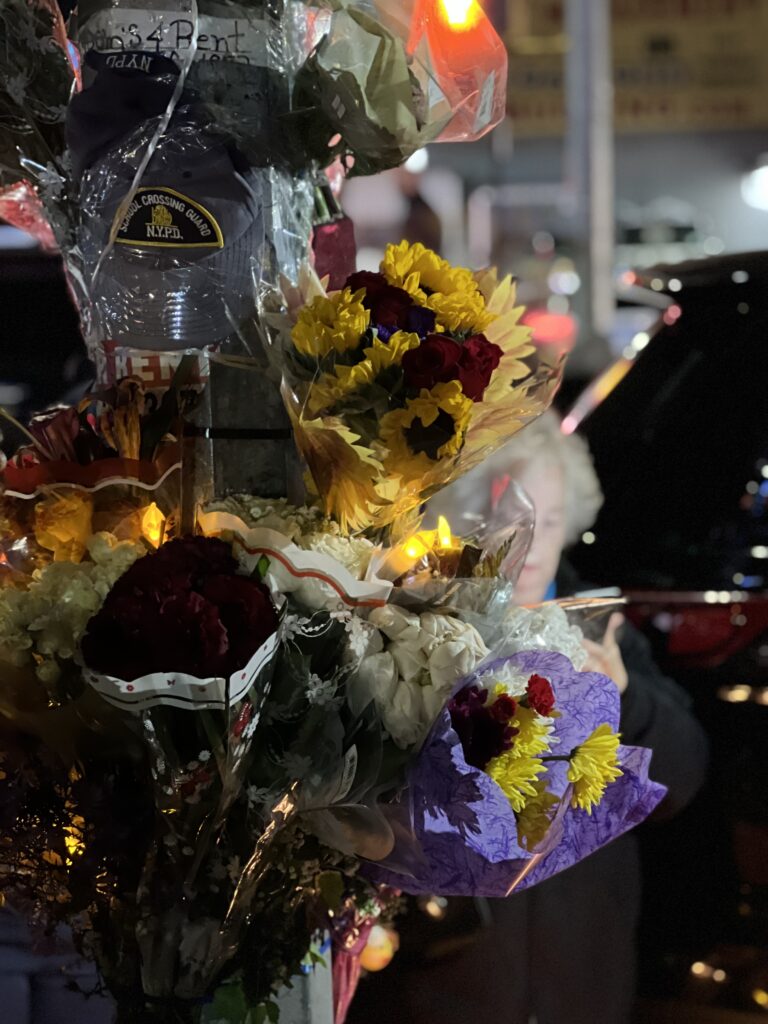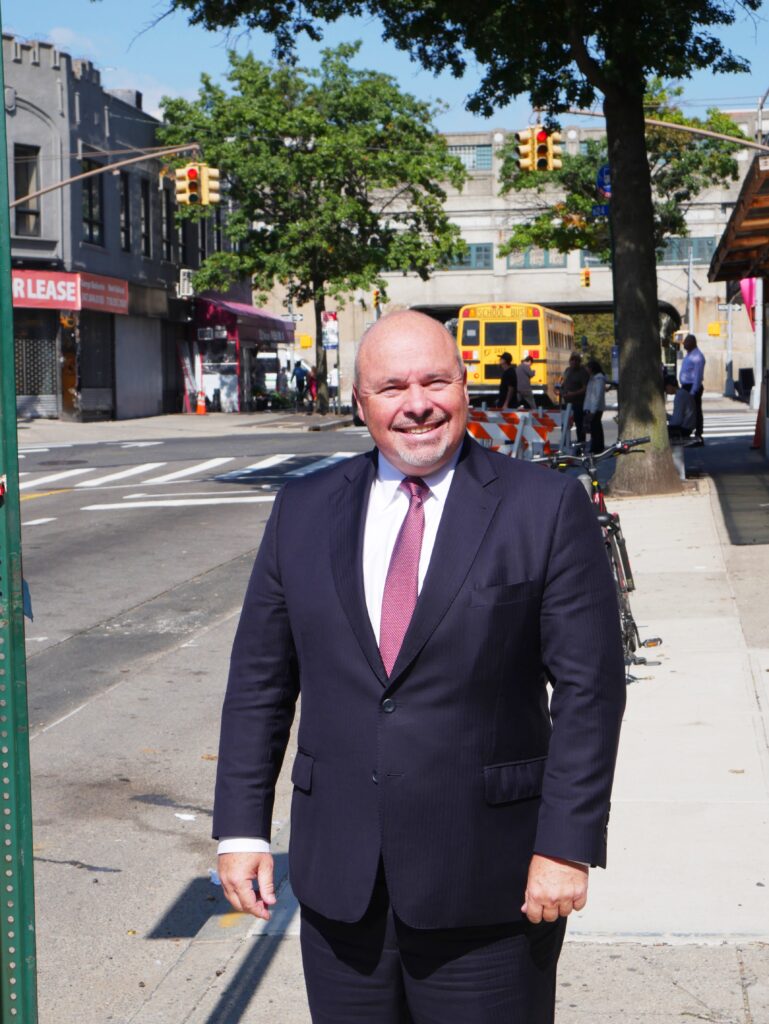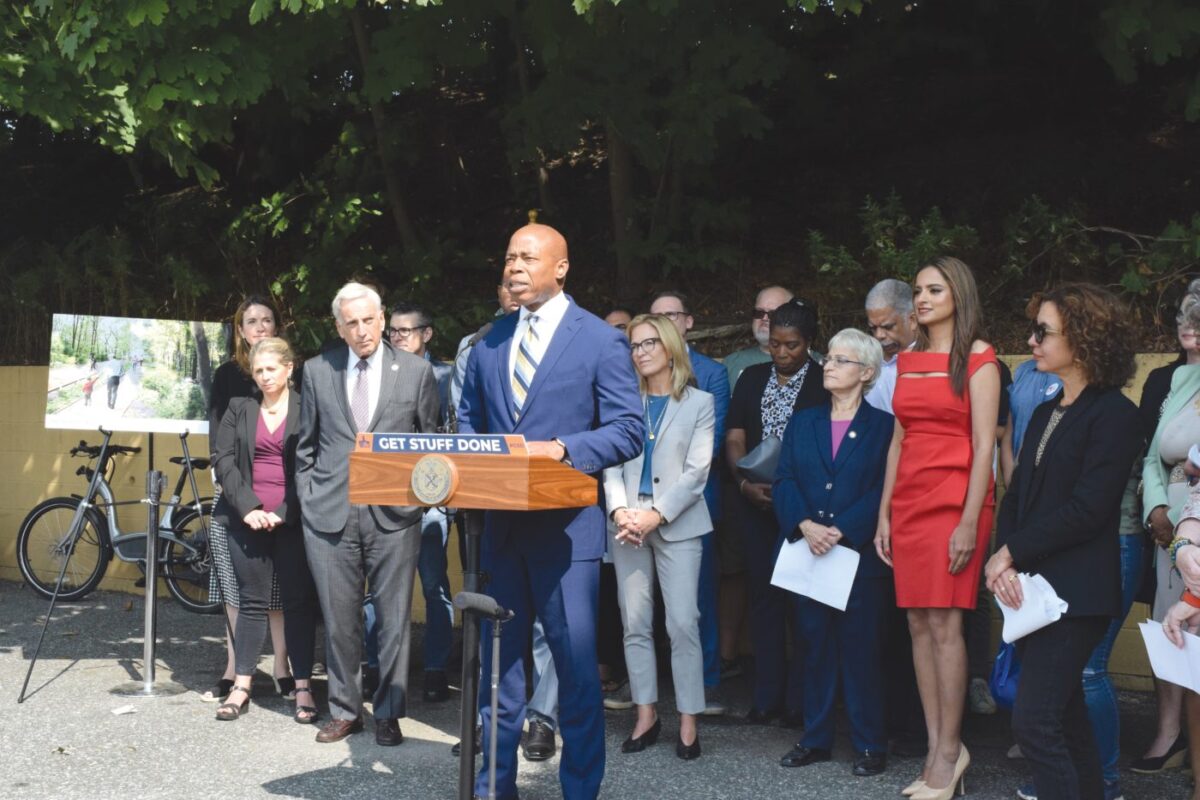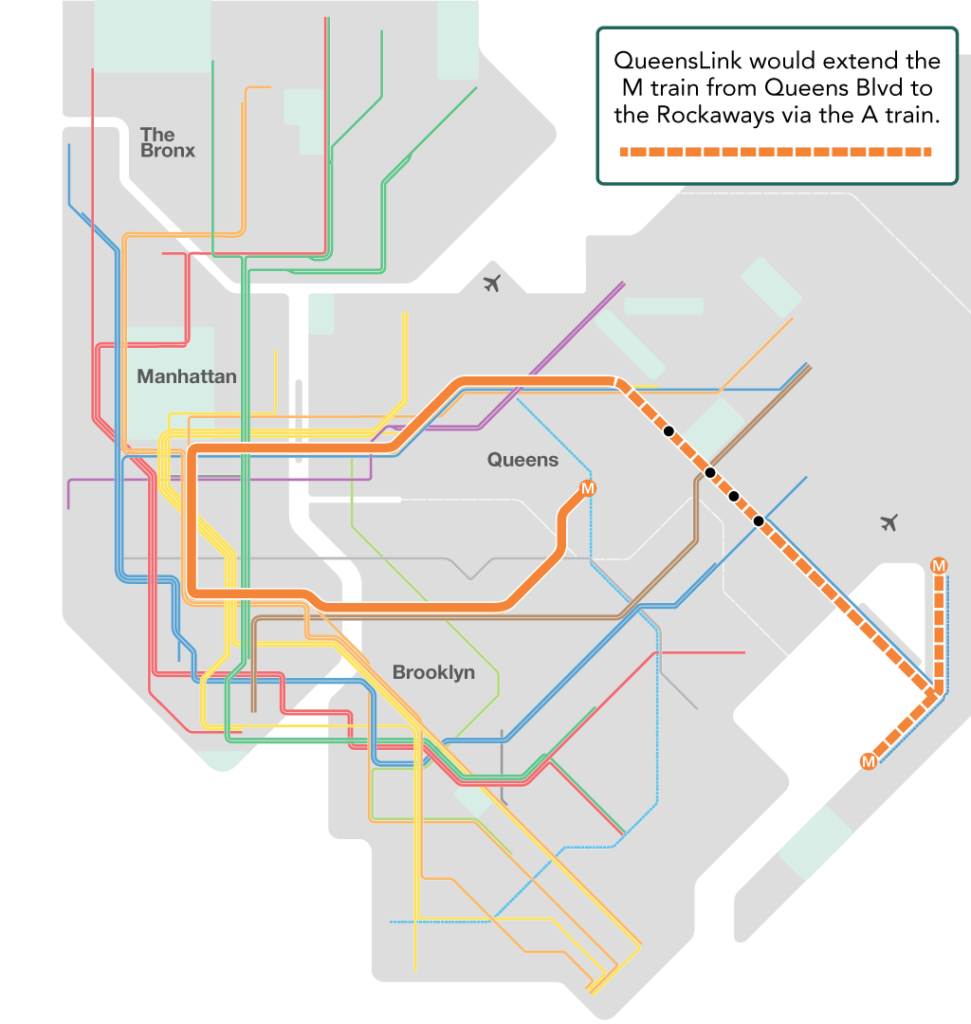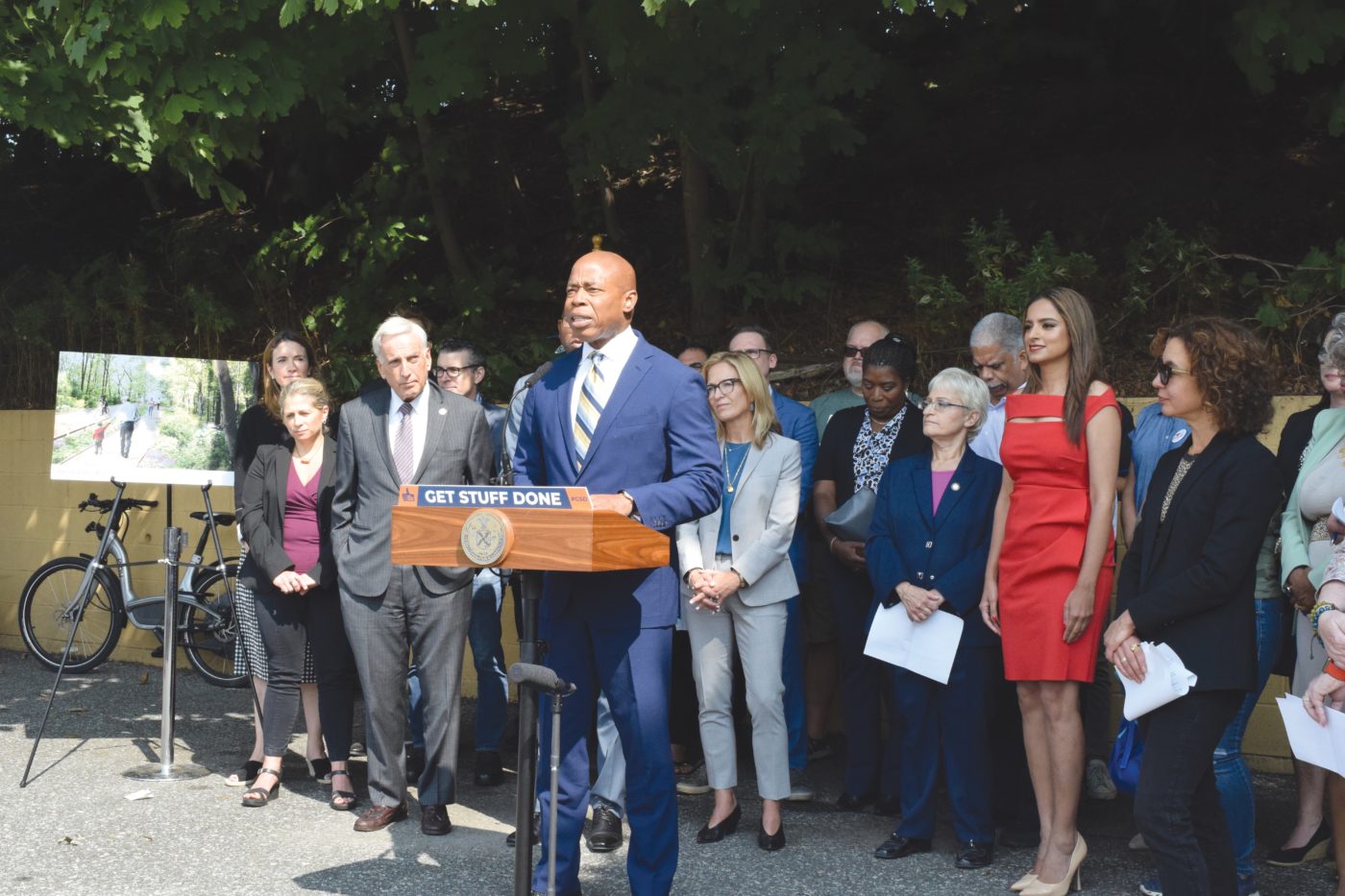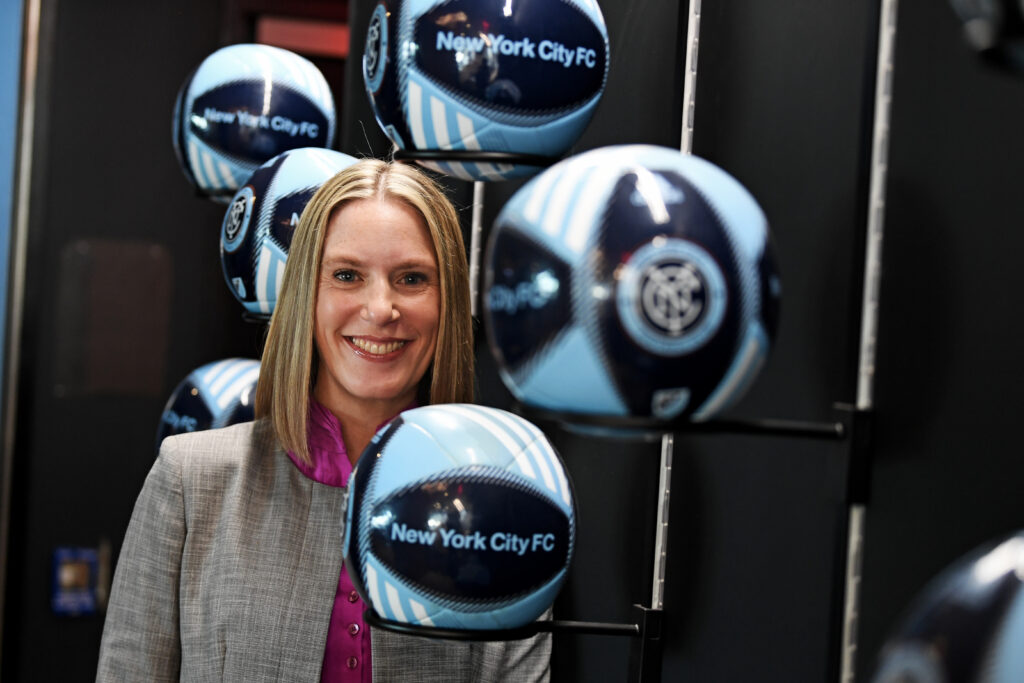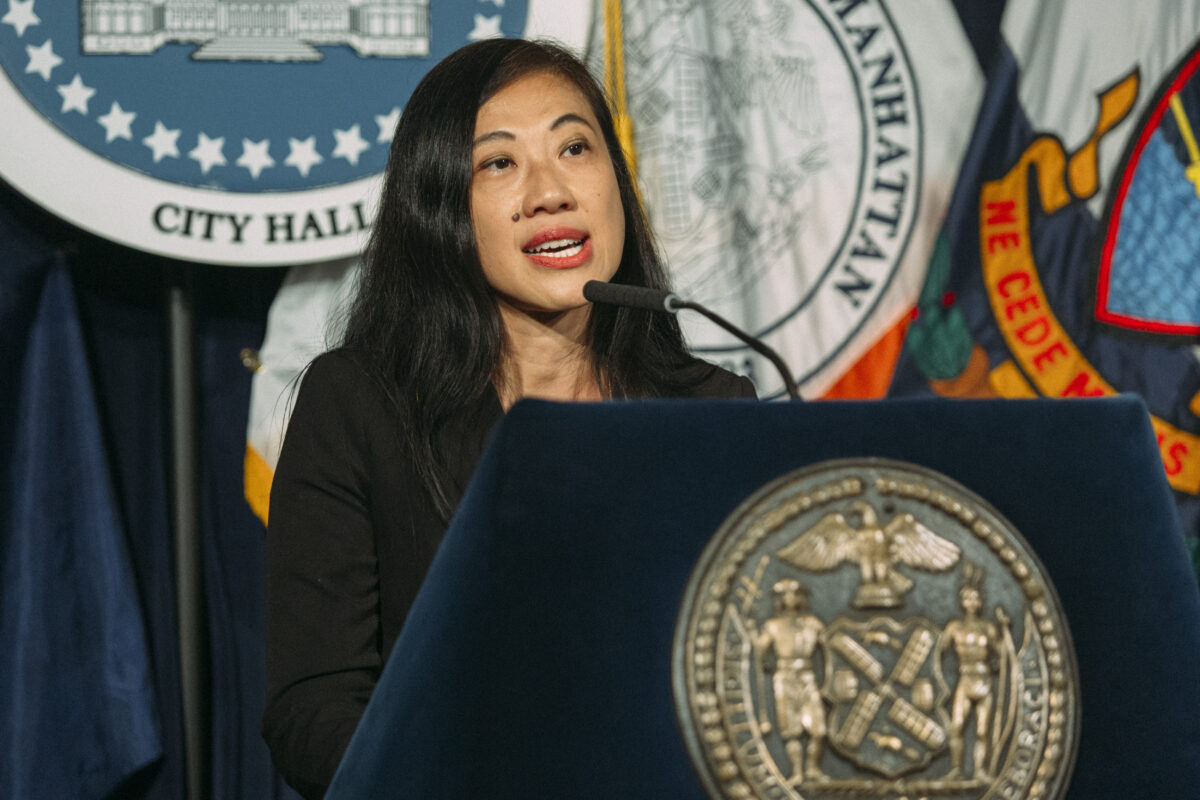2023 Campaign Election Profile: Tony Avella
By Charlie Finnerty | cfinnerty@queensledger.com
Former State Senator Tony Avella is challenging Vickie Paladino for a second time in an attempt to win back the seat he once held in the 19th city council district. Avella represented District 19 from 2002 to 2009 before heading to the state senate. As a member of the Independent Democratic Conference — a group of conservative democrats that caucused with the republicans to protect the republican senate majority — Avella has branded himself as a moderate in contrast to Paladino’s firebrand conservatism.
“I don’t believe the people of northeast Queens want an extremist representing them,” Avella said. “I think now people know what Vickie Paladino stands for, and that doesn’t represent our district.”
After being primaried out of the senate by former Comptroller John Liu, Avella attempted to return to City Council in 2021 but lost to Paladino by less than 400 votes.
“I think last time there was a red wave that went through the city and people voted for [Paladino] down the line, not knowing who she was,” Avella said.
Avella pointed to Paladino’s approach to Local Law 97, a measure which sets limits for greenhouse gas emissions from large buildings across the city. Of the roughly 50,000 properties over 25,000 square feet that are subject to the law, the vast majority have already reached 2024 targets, according to the New York Times. How to enforce the measure for the number of properties that have not yet reached those targets — only about 10 percent — and keep the city on track for future emissions goals has become a thorny issue in city politics this year.
Avella said he had issues with the original construction of the bill but emphasized its importance in protecting New Yorkers from the growing effects of climate change highlighted by recent severe weather events. He particularly emphasized the burdens faced by co-ops and condominiums under the law and has called on the city and state to either offer municipal bonds and tax breaks to those property owners or directly implement the changes needed to reach emissions goals for those properties at no cost to owners.
“You can’t place the burden of addressing climate change on the very people that are least able to afford it,” Avella said.
Paladino has called for the law’s implementation to be delayed by seven years to allow more time for property owners to meet its requirements, which Avella said shows a lack of desire by the councilwoman to find solutions and take accountability on tough issues.
“Vicky Paladino introduced a bill to kick the can down the road and extend the implementation by seven years,” Avella said. “That would coincide with term limits, so in fact she wouldn’t have to deal with the issue, just pass the buck to whoever comes in after term limits kick in. That’s not leadership.”
Robert Hornack, a representative from Paladino’s campaign refuted this characterization in a written statement, saying the seven year delay will allow time to provide financial relief for property owners and claiming Avella’s plan is not feasible.
Avella has been vocally critical of Mayor Adams’ approach in dealing with the current influx of asylum seekers to the city and called on the mayor to file lawsuits against the federal government, Texas and Florida for causing what has been called a crisis by many elected officials in order to recoup costs, rather than cut city services as Adams has called for.
“We should be compassionate, but we don’t have the money to house them, we don’t have the jobs available for them. How are we helping these individuals? We certainly can’t afford them,” Avella said. “The mayor has to get this money from the federal government.”
Avella also called on the federal government to close the border, a stance he said he was surprised to see himself take, and said he would not accept any shelters in his district.
“Northeast Queens is not the place to put them,” Avella said. “When you place them here, where are they going to go? There’s no health services, we don’t have a hospital in the district. We have a transit desert, so it’s hard to get from one place to another without a car. And we don’t have the jobs in the district, they have to go someplace else.”
Avella said another major disagreement he had with Mayor Adams was the administration’s recent attempt to push city employee retirees off their existing and expected pension benefits plan in favor of a private healthcare plan. The plan was blocked by a judge this past summer but has been appealed by the Adams administration. Avella signed a pledge in support of the lawsuit against the mayor’s plan and called on Adams to drop his appeal, calling it “disgraceful.”
“Government, if it does anything, has to be fair and it has to be consistent. If you promise something as a government, we should follow through on it, despite any administration,” Avella said. “I understand the mayor is trying to save money, but you don’t save it on the backs of the people who put in their whole lives working for the city. It’s very very wrong.”
Avella said he would push for increased city revenue by taxing the wealthiest one percent of income earners and Wall Street. One key measure Avella proposed in the senate and said he would pursue in city council is reimposing a tax on stock transfers. While the state has had a tax on the sale of securities in the books since 1915, that tax has been functionally nullified by a 100 percent rebate instituted in 1979 handing the money back to the industry. While the tax only comes out to about one tenth of a percent on the average trade on Wall Street, Forbes estimates the lost tax revenue has cost the city over $350 billion. In the senate, Avella proposed lowering that rebate to 60 percent but said even a change of 10 or 20 percent would bring in billions of added revenue to the city.
On property taxes, Avella said the New York City carve out to the state-wide two percent cap on property taxes is wrong and voted against it in the senate. In addition, Avella called for a separate tax classification for co-ops and condominiums alongside one and two family homes rather than their current commercial rental property classification which subjects owners to much higher tax rates.
“Why can’t we have the same two percent property tax cap that the entire state has?” Avella said. “Why are co-ops and condos continually disadvantaged by paying a higher property tax than they should?”

